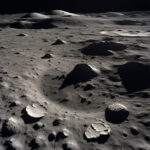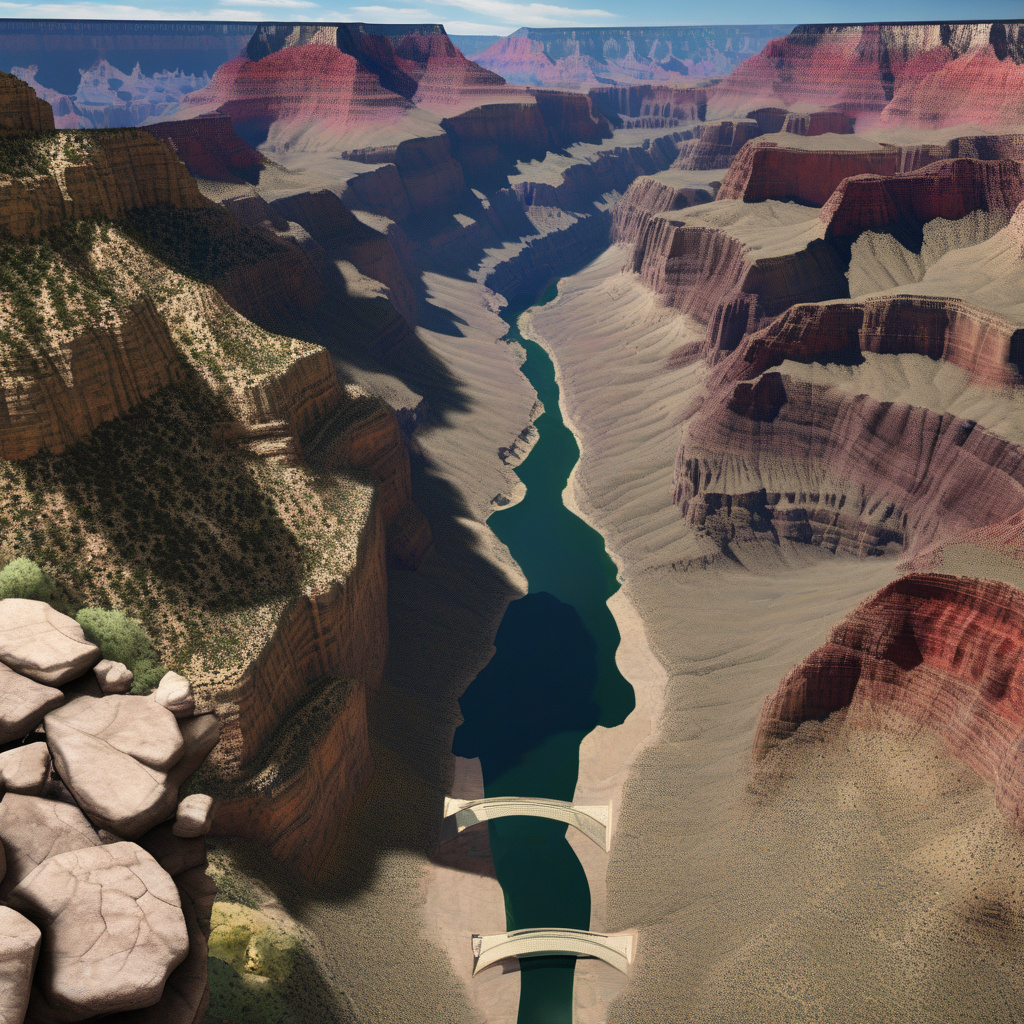Meteor that hit Arizona 56,000 years ago may have built a natural dam in Grand Canyon
Research published in Geology links two of the American Southwest’s most iconic geological landmarks. A study suggests that a meteor that struck Arizona around 56,000 years ago might have played a significant role in the formation of the Grand Canyon. This intriguing connection sheds light on the dynamic and interconnected nature of Earth’s geological history.
The study, led by researchers from the University of Oregon and the University of California, Davis, focuses on the impact of the meteor in the region now known as the Arizona desert. The researchers used advanced dating techniques to pinpoint the age of the impact to approximately 56,000 years ago. This timing aligns closely with the estimated age of the formation of the Grand Canyon, which is believed to have begun around 5 to 6 million years ago.
One of the most compelling findings of the study is the potential role of the meteor in creating a natural dam in the early stages of the Grand Canyon’s formation. The impact would have generated significant amounts of debris, including rocks and sediment, which could have blocked the flow of the ancestral Colorado River. This obstruction, in turn, would have led to the formation of a temporary lake or reservoir in the canyon region.
Over time, as the natural dam gradually eroded, the pent-up water would have been released in catastrophic flooding events. These floods would have been powerful enough to carve through solid rock, accelerating the excavation of the Grand Canyon. The researchers believe that this process might help to explain certain geological features of the canyon, such as its depth and the presence of sediment deposits at higher elevations.
While the idea of a meteor contributing to the formation of the Grand Canyon may seem like a plotline from a science fiction movie, the researchers stress that their findings are grounded in solid scientific evidence. The geological data, including the dating of the impact site and the analysis of sedimentary layers in the canyon, provide compelling support for their hypothesis.
This research underscores the complex and often unexpected ways in which Earth’s geological processes interact. It highlights the role of rare and dramatic events, such as meteor impacts, in shaping the planet’s surface over millions of years. By studying these connections, scientists can gain a deeper understanding of the forces that have sculpted the landscapes we see today.
As we marvel at the vastness and beauty of the Grand Canyon, it is humbling to consider the violent and chaotic events that may have contributed to its creation. The idea that a single meteor impact could have set in motion a chain of events leading to the formation of one of the world’s natural wonders serves as a reminder of the dynamic and ever-changing nature of our planet.
In the grand tapestry of geological history, every rock, every river, and every canyon tells a story of Earth’s turbulent past. The link between the meteor impact in Arizona and the formation of the Grand Canyon adds a new chapter to this ongoing narrative, inviting us to contemplate the intricate connections that shape our world.
As we continue to unravel the mysteries of the Earth’s geological past, discoveries like this remind us of the awe-inspiring power of nature and the enduring legacy of ancient events that continue to influence our planet today.
#MeteorImpact, #GrandCanyon, #GeologicalHistory, #ArizonaDesert, #NaturalWonders












